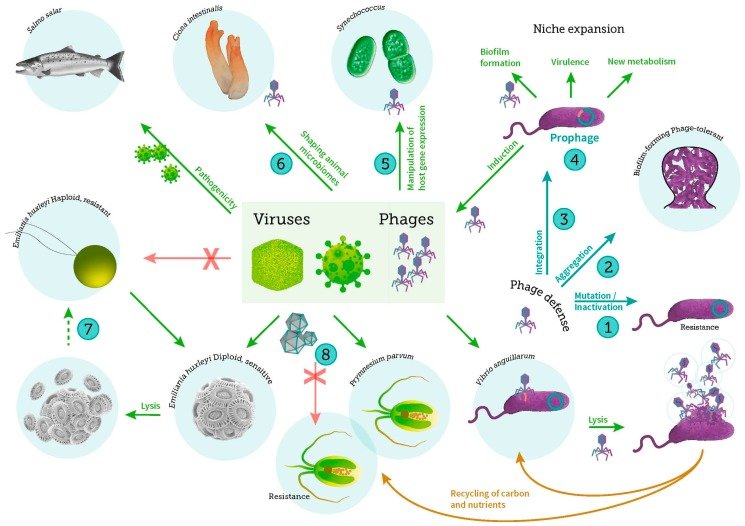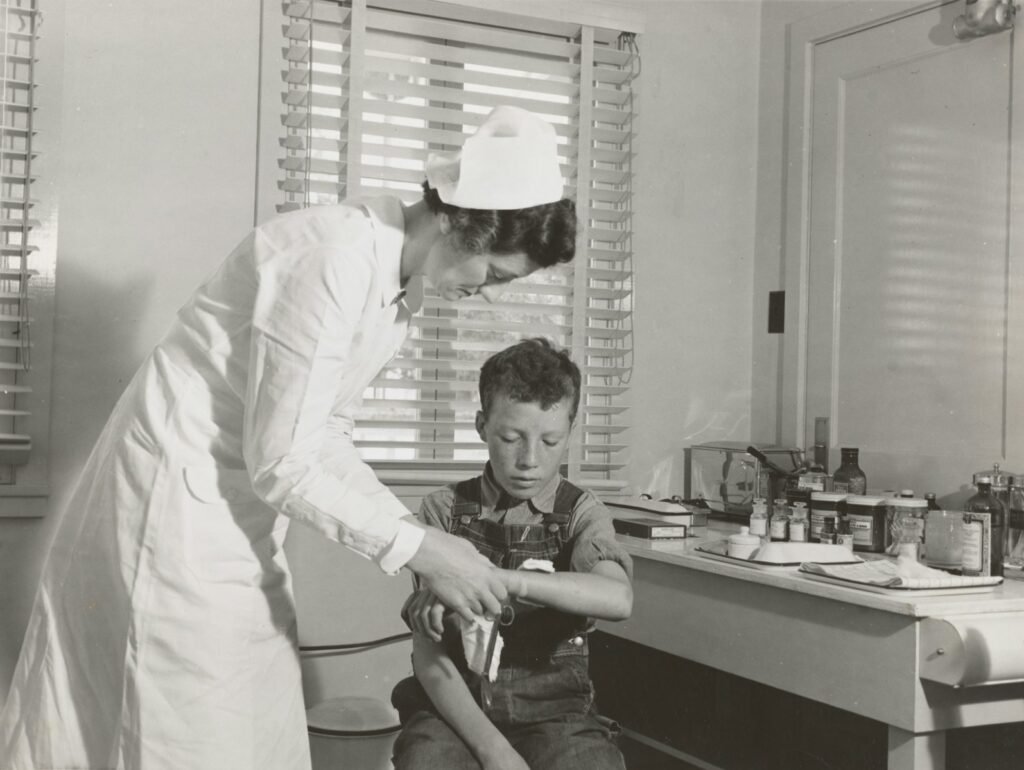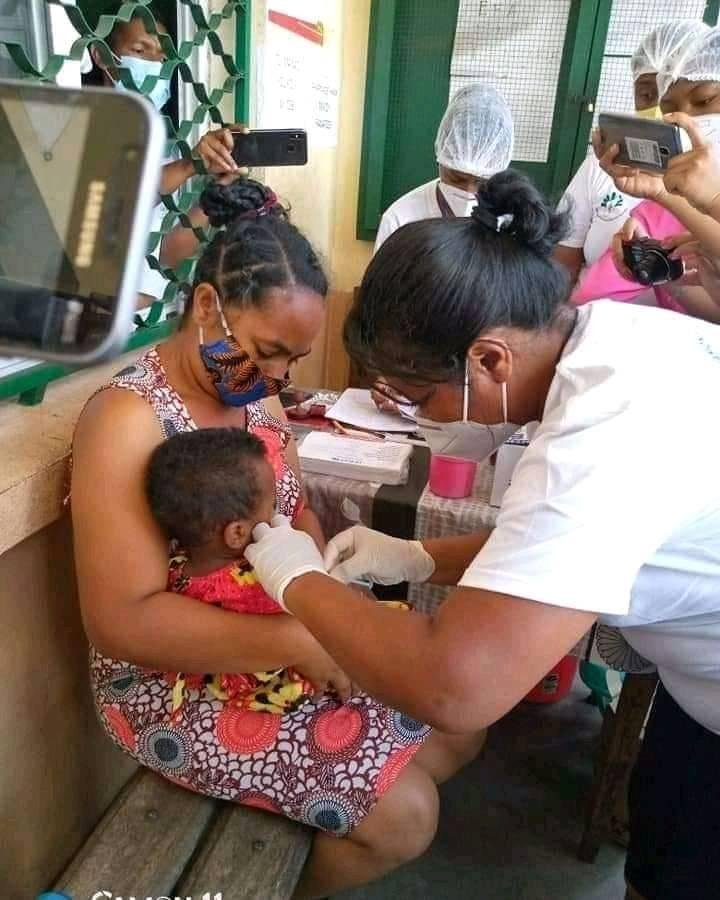Imagine a world where one sick person can’t spark a wildfire of illness—where community itself acts as a shield. That’s the powerful promise of herd immunity, a concept that sounds almost magical and yet is rooted in hard science, numbers, and the messy unpredictability of human behavior. But what if the very thing that should protect us is harder to achieve than most people think? The journey to real herd immunity is filled with hope, complexity, and unexpected challenges. Let’s peel back the curtain on what herd immunity truly means, why it’s so elusive, and why it matters more than ever in our modern world.
The Roots of Herd Immunity: A Simple but Potent Idea
At its core, herd immunity is the idea that when enough people in a group become immune to a disease—through vaccination or prior infection—the disease struggles to spread. It’s a collective form of protection, much like how a firewall in a forest stops flames from racing through every tree. Scientists have observed this phenomenon for over a century, noticing that outbreaks slow or even stop when most people are immune. This is not just theory; it’s real-world protection that saves lives, especially those who can’t be vaccinated due to age or health conditions. The simplicity of the idea hides a web of scientific complexity, but the goal has always been clear: protect the many by immunizing the most.
How Viruses Spread—and How Immunity Blocks Them
To grasp herd immunity, it helps to picture how viruses move from one person to another. When someone with a contagious disease, like measles or COVID-19, interacts with others, the virus looks for new hosts. If most people are already immune, the virus hits dead ends, unable to keep spreading. This “breaking of the chain” is what herd immunity aims for. The higher the disease’s contagiousness, the more people need to be immune to stop its progress. It’s like trying to stop a fast-spreading rumor—only when most people know the truth does the gossip die out.
The Crucial Role of Vaccines
Vaccines are the heavy lifters in the quest for herd immunity. They teach our bodies to recognize and fight off invaders without us having to suffer through the disease itself. When enough people get vaccinated, outbreaks can dwindle or disappear completely. Polio, for example, has been nearly wiped out in many countries thanks to widespread vaccination. However, if vaccination rates drop, old foes like measles can make a comeback. Vaccines are not just personal protection; they’re a gift we give our entire community.
Not All Diseases Are Created Equal
Some diseases are much harder to control than others. Measles, for instance, is so contagious that about 95% of the population must be immune to prevent outbreaks. In contrast, diseases like seasonal flu require a lower threshold. The “herd immunity threshold” varies depending on how easily a disease spreads. This means that one-size-fits-all strategies don’t work. Each disease demands a different level of community immunity, and those numbers can shift with new variants or changing behaviors.
Natural Infection Versus Vaccination: The Big Debate
Some people argue that letting a disease run its course will eventually create herd immunity. But this approach is risky and costly. Natural infection can lead to severe illness, long-term complications, or death—outcomes vaccines are designed to avoid. Vaccination builds immunity safely, without the suffering. During the COVID-19 pandemic, relying on natural infection would have meant millions more hospitalizations and deaths. The science is clear: vaccines are the safer, smarter path to herd immunity.
The Challenge of Achieving High Immunization Rates
Even when highly effective vaccines are available, getting most people vaccinated is surprisingly tough. Misinformation, fear, and mistrust can all slow down vaccine uptake. Some people can’t receive vaccines due to allergies or medical reasons, creating pockets of vulnerability. Building herd immunity is not just about medicine—it’s also about trust, community, and communication. Public health campaigns must meet people where they are, answer tough questions, and address concerns with empathy.
The Ever-Changing Landscape of Mutating Viruses

Viruses aren’t static; they mutate and evolve. New variants can sometimes partially evade immunity, making it harder to maintain herd protection. We saw this with COVID-19, where new variants led to renewed outbreaks even in well-vaccinated populations. Scientists race to update vaccines, but the arms race between our immune systems and viruses never truly ends. Achieving and maintaining herd immunity is like hitting a moving target, demanding constant vigilance and adaptation.
Population Dynamics: Mobility, Density, and Behavior
How people live and move matters. In densely populated cities, diseases spread faster, and higher immunization rates are needed. In rural areas, outbreaks may smolder more slowly but can still flare up unexpectedly. Modern travel means that no community is truly isolated. An outbreak thousands of miles away can spark cases at home in a matter of days. Achieving herd immunity isn’t just a local challenge; it’s a global one that connects us all.
Protecting the Vulnerable: Herd Immunity as a Lifeline
Some members of our community rely entirely on herd immunity for their safety. Babies too young for vaccines, people with weakened immune systems, and those with severe allergies depend on everyone else’s immunity. For them, herd immunity isn’t just a scientific concept—it’s a lifeline. When vaccination rates drop, these vulnerable people face the greatest risks. Choosing to vaccinate is about protecting not just ourselves, but the most fragile among us.
Misconceptions and Myths: Clearing the Fog
The concept of herd immunity is often misunderstood. Some believe it means everyone must be immune, or that it can be achieved quickly without effort. Others think natural infection is just as good as vaccination, which isn’t true for most diseases. Myths and misinformation can spread faster than viruses themselves, clouding public understanding. Clear, honest communication is essential to help people see the real stakes and science behind herd immunity.
Historical Triumphs—And Setbacks

History is packed with stories of both victory and heartbreak in the fight for herd immunity. Smallpox was eradicated thanks to global vaccination efforts—a shining example of what’s possible. Measles, once nearly eliminated in some regions, has come roaring back where vaccination rates fell. These stories remind us that herd immunity is not a finish line we cross once, but a goal that needs constant tending, like a fragile garden.
Global Inequality and Access to Vaccines
Herd immunity is a global puzzle, but not every piece fits as easily. Some countries struggle with limited vaccine supplies or logistical challenges. Others face barriers like cost, war, or political instability. Until the whole world has access to vaccines, diseases can continue to circulate and mutate. Achieving herd immunity worldwide means closing gaps, sharing resources, and treating health as a universal human right.
Vaccine Hesitancy: The Elephant in the Room
Even in places where vaccines are plentiful, hesitancy slows progress. Some people worry about side effects or distrust government and pharmaceutical companies. Others are swayed by misinformation online. Tackling hesitancy requires more than facts—it means listening, building relationships, and respecting people’s concerns. When communities come together to share stories and support each other, vaccine confidence can grow.
The Role of Public Policy and Leadership
Strong leadership and clear public policy make a massive difference in vaccine uptake and herd immunity. Policies that make vaccines free, convenient, and accessible can drive up coverage. Mandates for school or healthcare workers have helped control diseases in the past, though they can also spark debate. Leaders who communicate transparently and lead by example inspire trust. Policy is the backbone of any successful public health campaign.
Children and Herd Immunity: A Special Case

Children play a unique role in the spread of many diseases. When kids are vaccinated, they help protect grandparents, teachers, and the wider community. Childhood immunization programs have turned once-feared diseases into rare events. But when vaccination rates slip, outbreaks can start in schools and ripple outward. Protecting children is both a moral and practical cornerstone of herd immunity.
Breakthrough Infections: What They Really Mean
Sometimes, vaccinated people still get sick—a phenomenon known as breakthrough infection. While this can be unsettling, vaccines usually make these illnesses much milder. The key point is that even imperfect protection slows the spread and reduces severe outcomes. Herd immunity doesn’t mean zero cases, but it does mean fewer hospitalizations, less suffering, and a community that bounces back faster.
Why “Herd” Immunity Isn’t Just for Humans
The concept of herd immunity isn’t limited to people. In veterinary medicine, vaccinating livestock or pets protects entire herds and flocks from devastating diseases. For example, rabies vaccination in dogs helps shield whole communities from outbreaks. Nature itself is full of lessons about the power of collective defense—when the group pulls together, everyone is safer.
The Future: New Technologies and Hopeful Advances

Science never stands still. New vaccine technologies, like mRNA and vector-based platforms, are reshaping what’s possible. Researchers are working on universal vaccines that could offer broader protection against evolving viruses. The future may hold tools that make herd immunity more achievable, even for tough targets like HIV or influenza. Hope and innovation walk hand in hand, lighting the way forward.
Community Spirit: The Heart of Herd Immunity
At its heart, herd immunity isn’t just about numbers or shots in arms—it’s about community spirit. It’s the collective will to look out for each other, to put aside differences for the greater good. When we choose to vaccinate, to share accurate information, and to care for the vulnerable, we build a shield that is stronger than any one person could create alone. Herd immunity is both a scientific marvel and a testament to human connection.
Facing the Challenge Together
Herd immunity is a goal that demands more than science—it asks for courage, compassion, and collective action. Every step forward is a small victory for health and hope. As we face new outbreaks, changing viruses, and shifting public attitudes, the path is rarely straight or simple. But together, our choices and actions shape a safer, healthier world for everyone.



